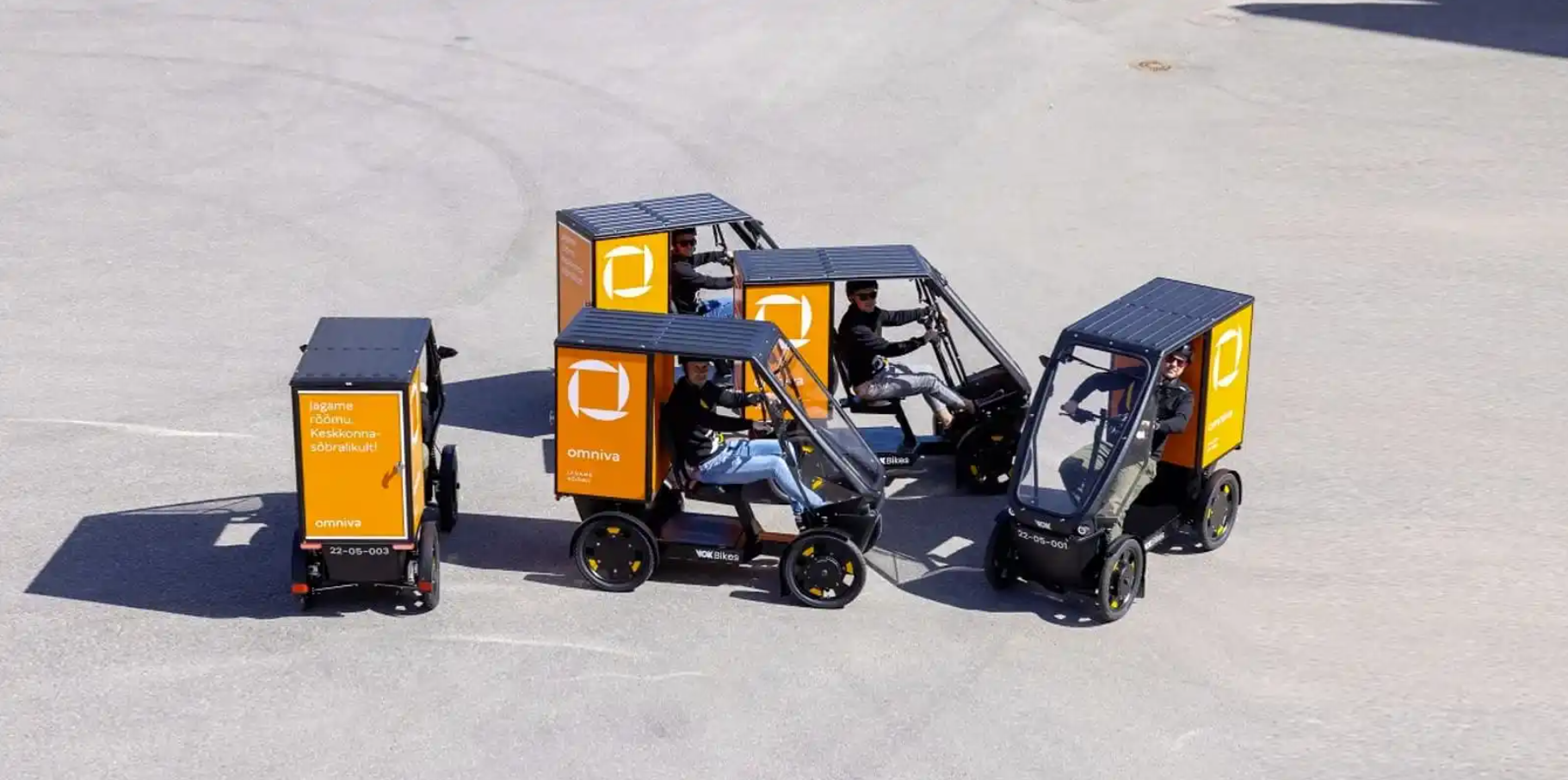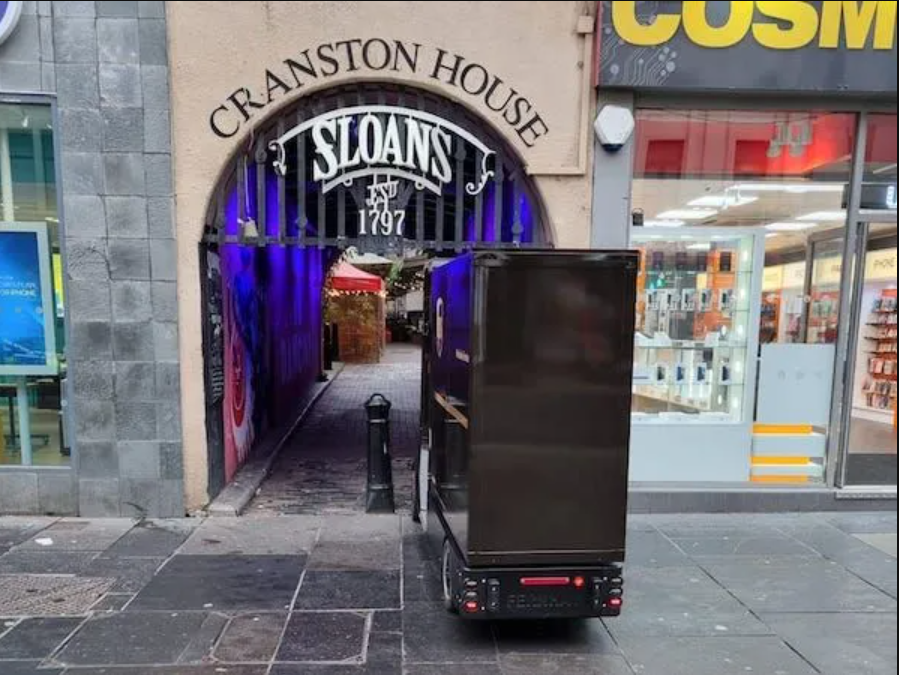Four-wheeled electric cargo bikes to replace trucks in New York
Wide load! Extra-thick four-wheeled electric cargo bikes to replace trucks in New York
A proposed rule update in New York will pave the way for four-wheeled electric cargo bikes, which look like small delivery vans with bicycle pedals, to share the bike lanes and roads.
Four-wheeled electric cargo bikes are commonly used across Asia and Europe, often for last-mile delivery. They’re larger than typical e-bikes but much smaller than box trucks and delivery vans used in the US for last-mile delivery jobs.
They usually consist of a rear cargo box on a larger platform cargo bike frame, and use bicycle pedals paired with standard mid-drive motors common across most electric cargo bikes. Thus, while they may look like a shrunken delivery van, they’re still operated like an electric bicycle.
Most bicycle laws in the US require either two or three wheels to be legally classified as a bicycle, and thus four-wheeled e-bikes have yet to catch on in the country. But if the New York City Department of Transportation gets its way, those useful last-mile delivery bikes will finally be coming to the Big Apple.
The proposal hopes to use the four-wheeled cargo e-bikes to make deliveries safer and more sustainable by reducing the number of delivery trucks on New York City streets.
Mayor Eric Adams, who has been a proponent of increased micromobility in NYC, explained how the use of these larger electric cargo bikes will help improve the city:
Safety and sustainability go hand in hand in New York City, and our administration is innovating every day and using every tool available to advance both. Cargo bikes have been a valuable tool in our administration’s efforts to move goods throughout the city while prioritizing street safety and our environment, and these pedal-assist cargo bikes will help New Yorkers get the items they need while reducing carbon emissions and traffic congestion — and getting dangerous trucks off our streets.
NYC DOT Commissioner Ydanis Rodriguez further detailed the impact of using cargo e-bikes instead of box trucks:
Greater use of cargo bikes will bring incredible environmental and safety benefits for New York City by reducing the number of large, high-polluting trucks on our streets. Just two cargo bikes can replace one box truck, increasing safety and reducing CO2 emission by 14 tons per year — equivalent to 30,872 passenger car miles traveled.
In order to allow for these types of cargo e-bikes, the NYC DOT will have to update current laws. Electric cargo bikes used on NYC’s streets and bike lanes have previously been limited to a width of just 36 inches (91 cm) and no more than three wheels. According to the NYC DOT, the updated rule would “expand low or no-emission options for freight deliveries — including packages and groceries — by allowing the use of pedal-assist bicycles that may be up to 48 inches [122 cm] wide and have up to four wheels.”
The rule proposal isn’t final, and the city has just opened a 30-day public comment period. The NYC DOT will hold a virtual public hearing on the proposed rule on September 13, 2023.
Cargo bikes have seen rapid expansion in NYC where they are frequently used for commercial deliveries.
Since the launch of the NYC DOT’s Commercial Cargo Bike pilot program back in 2019, cargo bike deliveries have skyrocketed in the city. In 2022, cargo bikes made more than 130,000 trips delivering over 5 million packages. That resulted in the reduction of over 650,000 metric tons of CO2 emissions and demonstrated the effectiveness of cargo bikes as a last-mile delivery mode.
NYC is leading the US with hundreds of thousands of cargo e-bike trips per year and millions of deliveries, yet is still playing catchup compared to cargo e-bike deliveries in Europe and Asia. But just as the consumer e-bike market in the US has followed years behind the rest of the world, it appears that the North American commercial cargo e-bike market is finally joining the modern age of urban delivery as well.





